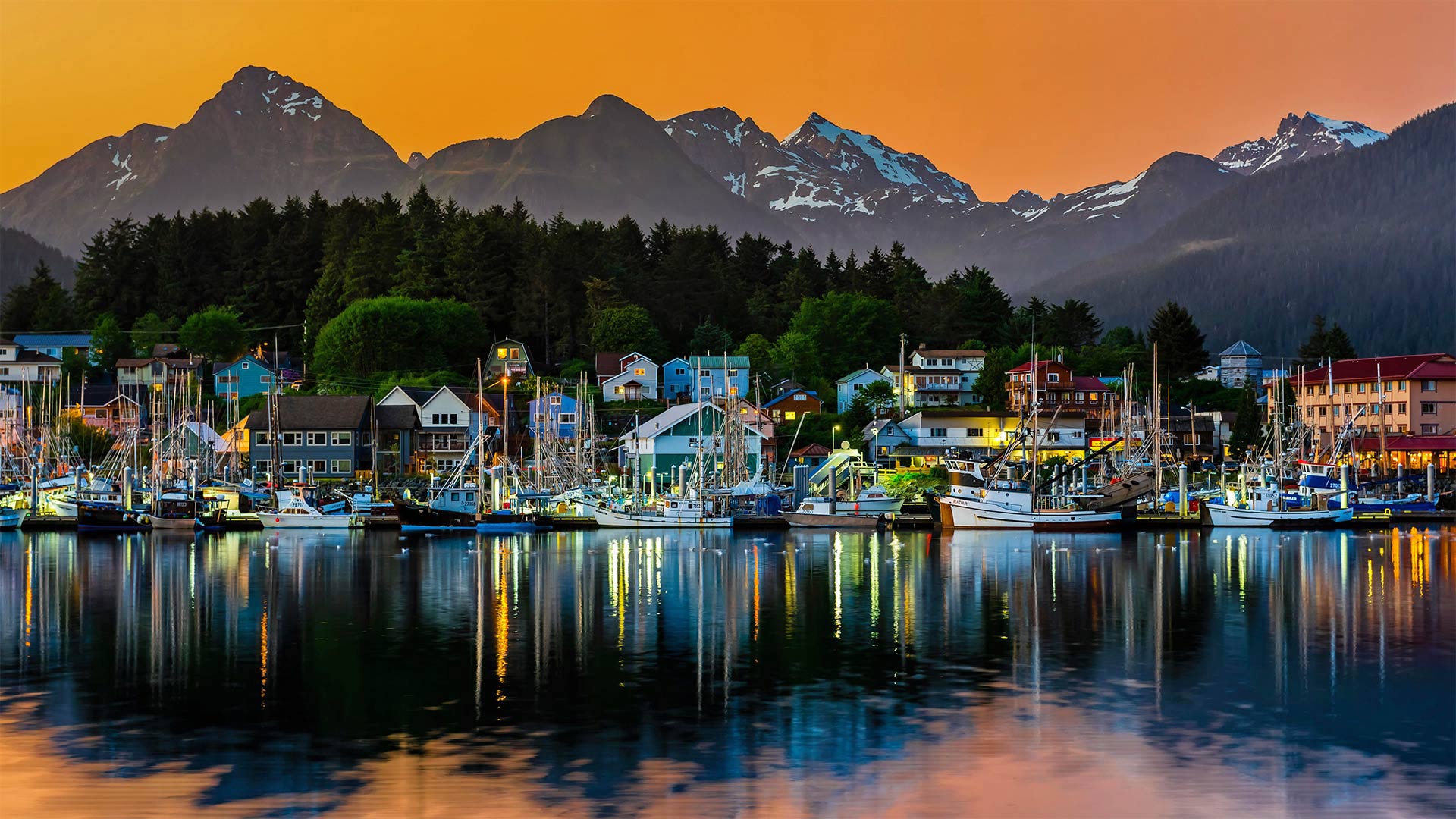弗拉维亚港, 苏尔西斯-伊格莱西恩特, 撒丁岛, 意大利 Porto Flavia, Sulcis-Iglesiente, Sardinia, Italy (© Marco Bottigelli/Getty Images)

弗拉维亚港, 苏尔西斯-伊格莱西恩特, 撒丁岛, 意大利Porto Flavia, Sulcis-Iglesiente, Sardinia, Italy (© Marco Bottigelli/Getty Images)
矿石与传奇 Ore and more
弗拉维亚港, 苏尔西斯-伊格莱西恩特, 撒丁岛, 意大利
大多数港口依赖延伸至海岸线的码头与吊车来进行货物装载,而波尔图弗拉维亚则完全反其道而行之。这一工程奇迹将一座石灰岩峭壁变成了撒丁岛矿石产业的门户。苏尔西斯-伊格莱西恩特的采矿历史可以追溯至几千年前,从腓尼基人、古罗马人一直延续到 20 世纪的工业繁荣时期。这里曾大量开采铅、锌、煤、硫磺、重晶石和银等矿产。但运输这些矿物却是一场噩梦:矿石需先用推车运至小船,再从小船转运至大型货船,过程缓慢、成本高昂、效率低下。
1924 年,意大利工程师切萨雷·维切利彻底改变了该地区的矿石运输方式。他将波托弗拉维亚设计成一套嵌入石灰岩峭壁的隧道和筒仓系统,使矿石能直接装入停靠在悬崖下的货船。该设施由两层隧道构成:上层设有9个矿石储仓,可容纳多达11000短吨的矿石。矿石通过重力滑道运至下层隧道,然后由传送带直接装上等候的船只。该港口以维切利的女儿弗拉维亚命名,一直使用到 20 世纪中叶采矿业衰落。如今,游客可以探索其隧道、巨大料仓,以及曾有船只停靠的装载平台,感受那曾将撒丁岛矿产送往世界各地的海风。
Porto Flavia, Sardinia, Italy
Most ports rely on docks and cranes that extend into the shoreline. Porto Flavia on the Italian island of Sardinia took a completely different approach. This engineering marvel transformed a cliff into a gateway for Sardinia's ore industry. Mining in the area has a history dating back thousands of years, from the Phoenicians and Romans to the industrial boom in the 20th century. Lead, zinc, coal, sulfur, barium, and silver were extracted from these rugged hills, but transporting them was a logistical nightmare. Ore had to be hauled by cart, loaded onto small boats, and then transferred to larger ships—a slow, costly, and inefficient process.
In 1924, Italian engineer Cesare Vecelli revolutionized ore transport in the region. He designed Porto Flavia as a system of tunnels and silos carved into a limestone cliff, allowing ore to be loaded directly onto cargo ships. The facility featured two stacked tunnel levels. The upper level could store up to 11,000 short tons of ore in nine reservoirs. Gravity-fed chutes transported the ore to the lower level, where a conveyor belt loaded it directly onto waiting ships. The port, named after Vecelli's daughter, Flavia, remained in use until mining declined in the mid-20th century. Today, visitors can explore its tunnels, massive silos, and the platform where ships once docked—soaking in the same sea breeze that once carried Sardinia's minerals to markets worldwide.
锡特卡的港口,阿拉斯加 View of the harbor in Sitka, Alaska (© Blaine Harrington III/Alamy)

锡特卡的港口,阿拉斯加 View of the harbor in Sitka, Alaska (© Blaine Harrington III/Alamy)
Sitka shines on Alaska Day
In honor of Alaska Day, we're in the harbor of Sitka, Alaska, the former capital of Russian America in the early 19th century, when it was called Novo-Arkhangelsk. It was here on this day in 1867 that officials of the Russian Empire formally transferred the Territory of Alaska to the United States in a sale for $7.2 million, or just around 2 cents per acre. It seems an astonishingly small price today, but at the time, opponents called it 'Seward's Folly' after then-Secretary of State William H. Seward, who negotiated the deal. Few Americans moved to the 'Last Frontier' at first, but in the 1890s, when gold was discovered in the Yukon and Alaska, a rush of prospectors and others began a wave of settlers in the territory. Ever since, Alaska, with its vast natural resources and staggering beauty, has been a prized American domain and an enduring symbol of American wilderness.